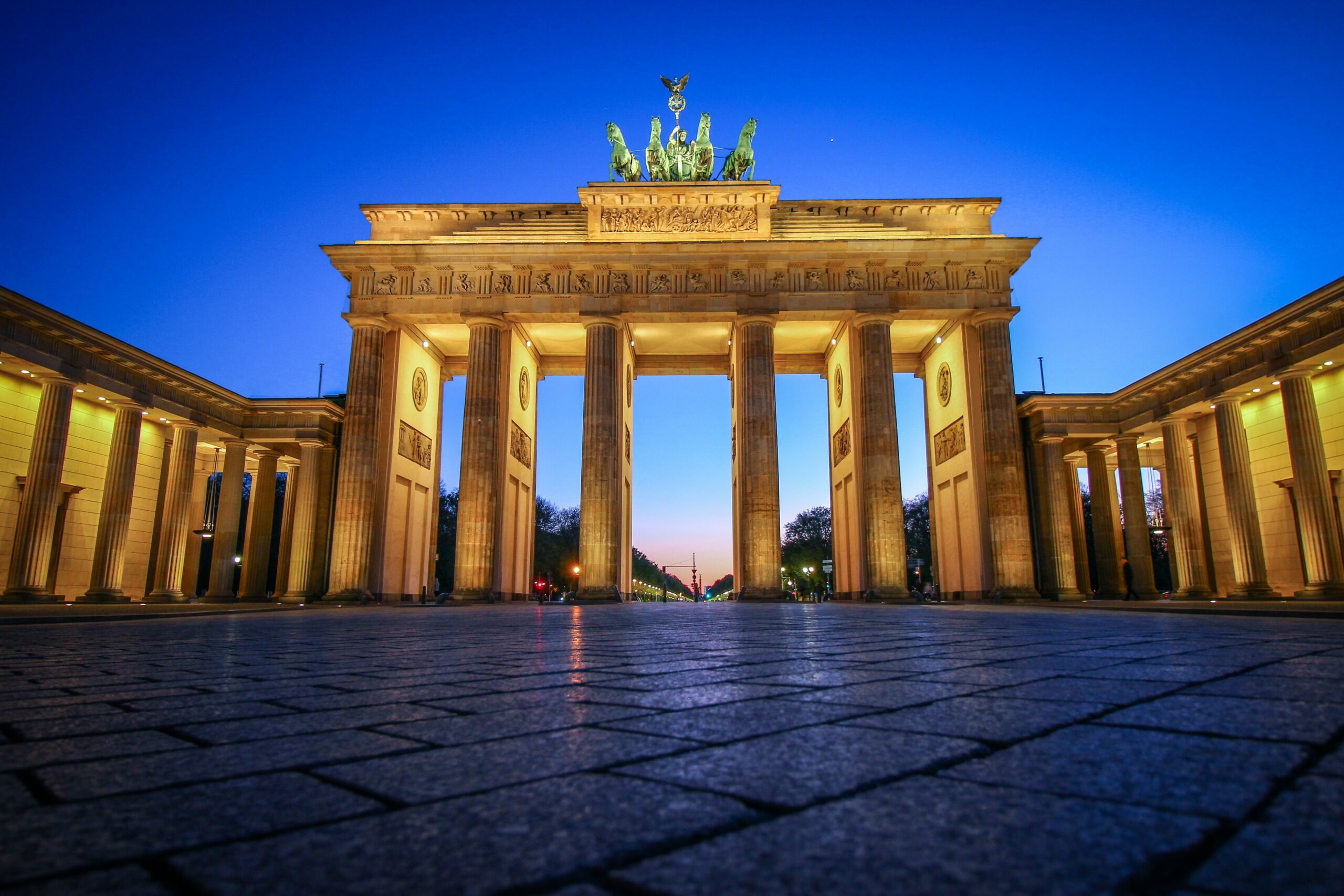The energy transition is one of the largest digitization projects of all time. And it brings with it many questions. How many new generation plants are needed where? What is the impact of millions of electric cars and heat pumps?
And how will customer behavior change if sustainability and energy efficiency are also becoming more important in private life and self-generated green electricity is to be used optimally? With every step forward in the energy transition, the energy system becomes more complex and therefore more demanding. But how can this enormous complexity be managed? Digitization and data are the game changers for the energy system of the future.
Just 10 years ago, most of the electricity in Germany came from large power plants concentrated in just over 100 locations. The electricity generated was transported to households via "energy one-way streets". Today we have roundabouts everywhere. In Germany, more than two million decentralized systems are already generating green electricity from wind and sun. Across Europe alone, E.ON has now integrated around one million renewable systems into its distribution grids, including around two thirds of all systems in Germany.
Germany aims to be climate neutral by 2045
The energy system has been turned upside down. And yet we are only at the beginning of a rapid development that will have a massive impact on the next two decades. In order for Germany to be really climate-neutral in 2045, the expansion of renewable energies and thus also the power grids must increase significantly. Because not only our current electricity consumption has to go green. According to the think tank Agora Energiewende, electricity consumption in Germany will increase by almost 60 percent to around 1,000 terawatt hours between 2030 and 2045. Both the expansion of renewables and the grid must keep pace with this increasing demand. This means nothing other than that in Germany and Europe millions more weather-dependent PV and wind systems want to be integrated into the distribution grids – and that on the other hand millions of new climate-friendly heat pumps and electric cars also have to be synchronized with the increasingly volatile electricity supply.
With this dramatically increasing system complexity, E.ON not only wants to keep up, but to be one step ahead. Digitization helps us to actively and cost-effectively shape the transition to a sustainable energy system and even to accelerate it. This requires the consistent digitization of all levels of the energy value chain. Even today, every homeowner can call up a satellite image of their house roof. We calculate what annual yield is possible for which investment in a PV system; the customer can order immediately.
Anyone applying for a larger grid connection is guided through an uncomplicated digital process. With the installation of digital measuring devices, so-called smart meters, we get real-time data that not only help customers with their personal energy transition, but that we urgently need for system control. Artificial intelligence (AI) is already helping us to balance production and consumption locally.
How green electricity can be optimally used
AI-based systems tell us exactly what output to expect and switch systems on or off in such a way that grid stability is maintained and green electricity is used optimally at the same time. With so-called meta-forecasts, we can also calculate how much wind there will be in a wind farm the next day or even in the next few hours. It is foreseeable that conventional computing power will no longer be sufficient to control the entire system in the future. That's why we're doing intensive research on quantum computing.
There are many more examples, and more to come. E.ON will invest EUR 22 billion in the expansion and digitization of the distribution grids over the next five years. The system in which energy was previously generated centrally and distributed to consumers in stages is now being transformed into a decentralized network for energy and energy solutions. Because that is the vision we are pursuing: A growing decentralized platform on which people and systems communicate with each other digitally and which is constantly being intelligently optimized – for a faster and more efficient energy transition and thus for a climate-friendly future for all of us.
You will receive further insights into the current challenges of Transformation 2.0 on 08./09. March 2022 at the Munich Management Colloquium. All FOCUS Online readers receive a 10 percent discount on the online ticket with the following code: 22MMKFOCUS. Sign up HERE today.



